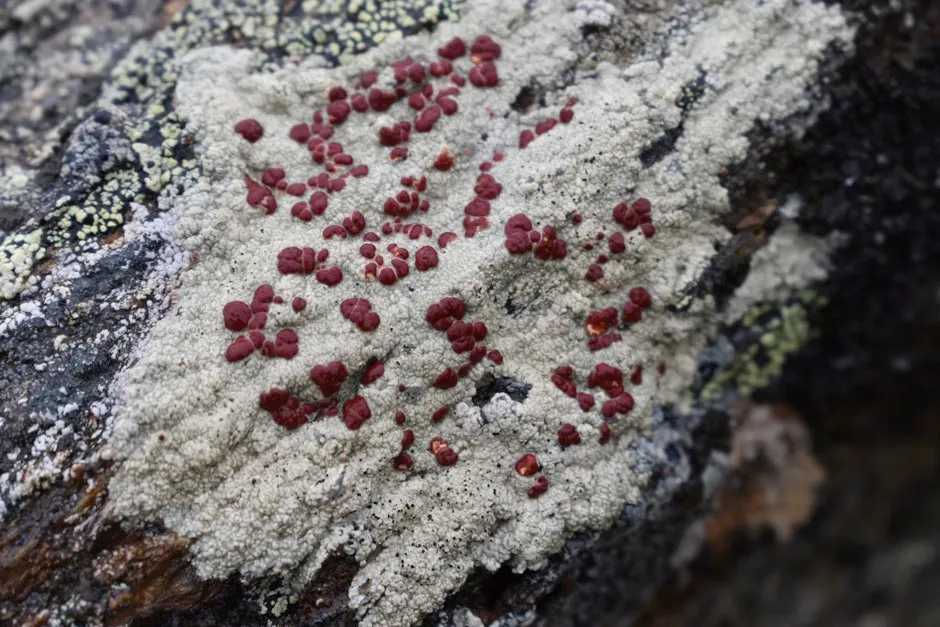Most people have seen lichen, whether they know it or not. For those not in the know, it is that crusty, mouldy looking stuff often seen on trees or rocks. And to those in the know, it’s a combination of algae and fungi living together almost as if they were one organism.
Either way, lichens are something scientists have long believed to be some of the first organisms to make their way onto land from water – until now. However, anew study upends the idea that lichen changed the planet’s atmosphere and paved the way for modern plants.
Published in the journal Geobiology, it delves deep into the DNA of the algae and fungi that form lichens, showing they likely evolved millions of years after plants.
Read more about plant evolution:
- Top 10 oldest plants* on the planet
- How does lichen reproduce?
- How have plants evolved to mimic insects when they don't have vision?
Matthew Nelsen, lead author of the paper and a research scientist at the Field Museum in America, said: “When we look at modern ecosystems, and we see a bare surface like a rock, oftentimes lichens are the first thing to grow there, and eventually you’ll get plants growing on there too.
“People have thought that maybe that’s the way ancient colonisation of land worked, but we’re seeing that these lichens actually came later in the game than plants.”
485 million years ago, hardly anything lived on land, but lichens can live in extreme conditions, grow on bare rocks and break them down, helping to create the soil needed by complex plants with roots. Scientists thought they must have arrived on land before such plants, making the environment more hospitable. However, the new study – which was aimed at how the algae-fungi relationship came to be – calls the timeline into question.

To accurately determine when lichens evolved, scientists examined the evolutionary history of both the fungi and algae that make them up. But the early lichen fossil record isn’t very clear, and all the fossils that scientists know for sure are lichens are younger than the oldest complex plant fossils.
Therefore, the researchers used the fossils that were available to extrapolate the ages of family trees of lichen-forming fungi and algae. They compared these with ages of fossil plants, and found lichens probably evolved long after complex plants.
Dr Nelson said: “Lichens aren’t as old as we thought they were. They’re a younger, newer sort of symbiosis and haven’t been around forever, covering the earth long before there were plants and animals running around.”
He added that the discovery reshapes the understanding of the early evolution of complex ecosystems on Earth.
